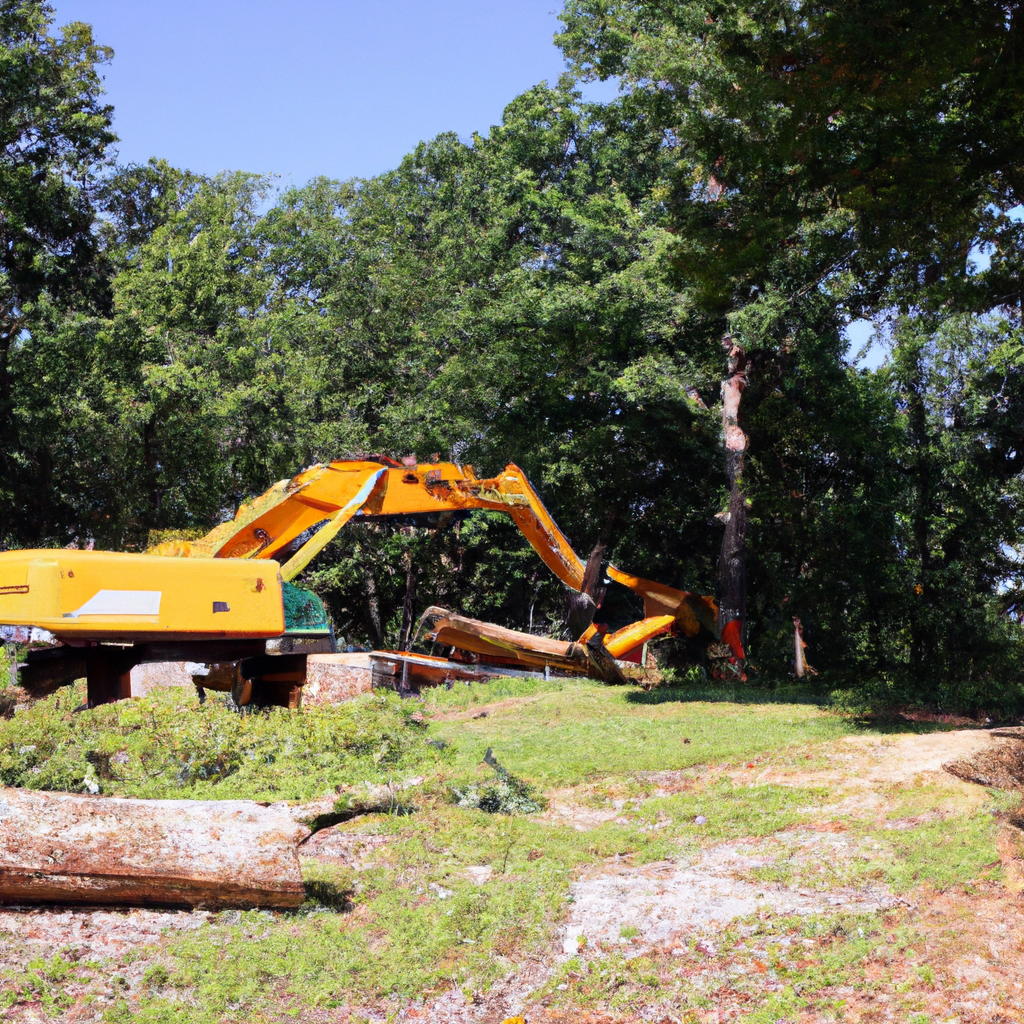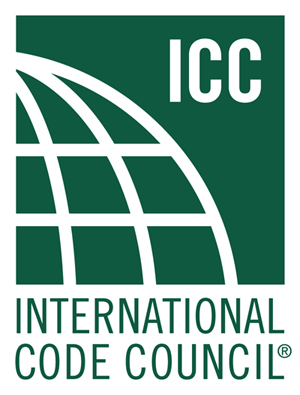Your cart is currently empty!
“The International Wildland Urban Interface Code (IWUIC): Protecting Communities from Fire Risks”

===
The International Wildland Urban Interface Code (IWUIC) is a comprehensive set of regulations and guidelines designed to address the unique challenges and risks associated with areas where wildlands and urban development intersect. These areas, known as Wildland-Urban Interface (WUI) areas, are prone to wildfires and require specific measures to ensure the safety of both residents and the environment. The IWUIC provides a framework for building codes, zoning regulations, and land use planning to mitigate the risks and manage these areas effectively.
What is the International Wildland Urban Interface Code (IWUIC)?
The International Wildland Urban Interface Code (IWUIC) is a code developed by the International Code Council (ICC) to provide a standardized approach to addressing the hazards and risks present in Wildland-Urban Interface (WUI) areas. These areas are characterized by the proximity of residential or commercial structures to wildlands, increasing the potential for wildfires to impact inhabited areas.
The IWUIC covers a wide range of aspects related to managing WUI areas, including building materials and design, vegetation management, access and egress routes, water supply, and emergency response planning. It aims to protect lives and property by establishing minimum requirements for construction and maintenance of structures in these areas.
Key Features and Components of the IWUIC
The IWUIC incorporates various key features and components to ensure the effective management of Wildland-Urban Interface (WUI) areas. These include:
- Building and construction requirements: The IWUIC provides guidelines for constructing and retrofitting buildings in WUI areas to enhance their resistance to wildfires. This includes specifications for roofing materials, exterior wall finishes, and ventilation systems to reduce the vulnerability of structures.
- Vegetation management: The code emphasizes the importance of managing vegetation in and around WUI areas to reduce the risk of fire spread. It provides guidelines for creating defensible space, which involves clearing flammable vegetation and maintaining a safe distance between structures and vegetation.
- Access and egress routes: The IWUIC addresses the need for adequate access and egress routes to enable safe evacuation during wildfires. It outlines requirements for road widths, turnarounds, and signage to ensure efficient movement of people and emergency vehicles.
- Water supply: The code includes provisions for ensuring an adequate water supply for firefighting purposes in WUI areas. It specifies requirements for the availability and accessibility of water sources, such as hydrants or water storage tanks.
- Emergency response planning: The IWUIC emphasizes the importance of having comprehensive emergency response plans in place for WUI areas. This includes coordination between fire departments, law enforcement agencies, and other relevant stakeholders to ensure a prompt and effective response to wildfires.
The Importance of the IWUIC in Managing Wildland-Urban Interface Areas
The IWUIC plays a crucial role in managing Wildland-Urban Interface (WUI) areas by providing a standardized approach to addressing the unique challenges and risks associated with these areas. It helps protect lives and property by establishing minimum requirements for construction, vegetation management, access and egress, water supply, and emergency response planning.
By implementing the code, communities can reduce the vulnerability of structures to wildfires, enhance the safety of residents, and minimize the potential for fire spread. The IWUIC also promotes sustainable development practices in WUI areas, ensuring that future construction takes into account the risks and hazards associated with wildfires.
Furthermore, the IWUIC facilitates coordination and collaboration between various stakeholders involved in managing WUI areas. It provides a common language and framework for architects, builders, planners, fire departments, and other professionals to work together in implementing effective measures to mitigate the risks.
Implementing the IWUIC: Challenges and Benefits
Implementing the International Wildland Urban Interface Code (IWUIC) comes with both challenges and benefits. One of the main challenges is the need for widespread adoption and enforcement of the code. It requires education and training for architects, builders, and code officials to ensure proper understanding and compliance.
However, the benefits of implementing the IWUIC outweigh the challenges. The code helps communities reduce the risk of wildfire-related losses, including property damage and loss of life. It provides a consistent and reliable framework for decision-making and planning in WUI areas, promoting safer and more resilient communities.
Additionally, implementing the IWUIC can lead to lower insurance premiums for residents in WUI areas. Insurance companies often offer discounts for homes and buildings that meet certain wildfire-resistant standards outlined in the code. This can incentivize property owners to adhere to the code’s requirements and invest in measures that enhance their properties’ resilience to wildfires.
===
The International Wildland Urban Interface Code (IWUIC) is an essential tool for managing Wildland-Urban Interface (WUI) areas. By establishing minimum requirements for construction, vegetation management, access and egress, water supply, and emergency response planning, the code helps protect lives, property, and the environment. While implementing the IWUIC may pose some challenges, the benefits of enhanced safety, resilience, and insurance incentives make it a valuable resource for communities in WUI areas.
